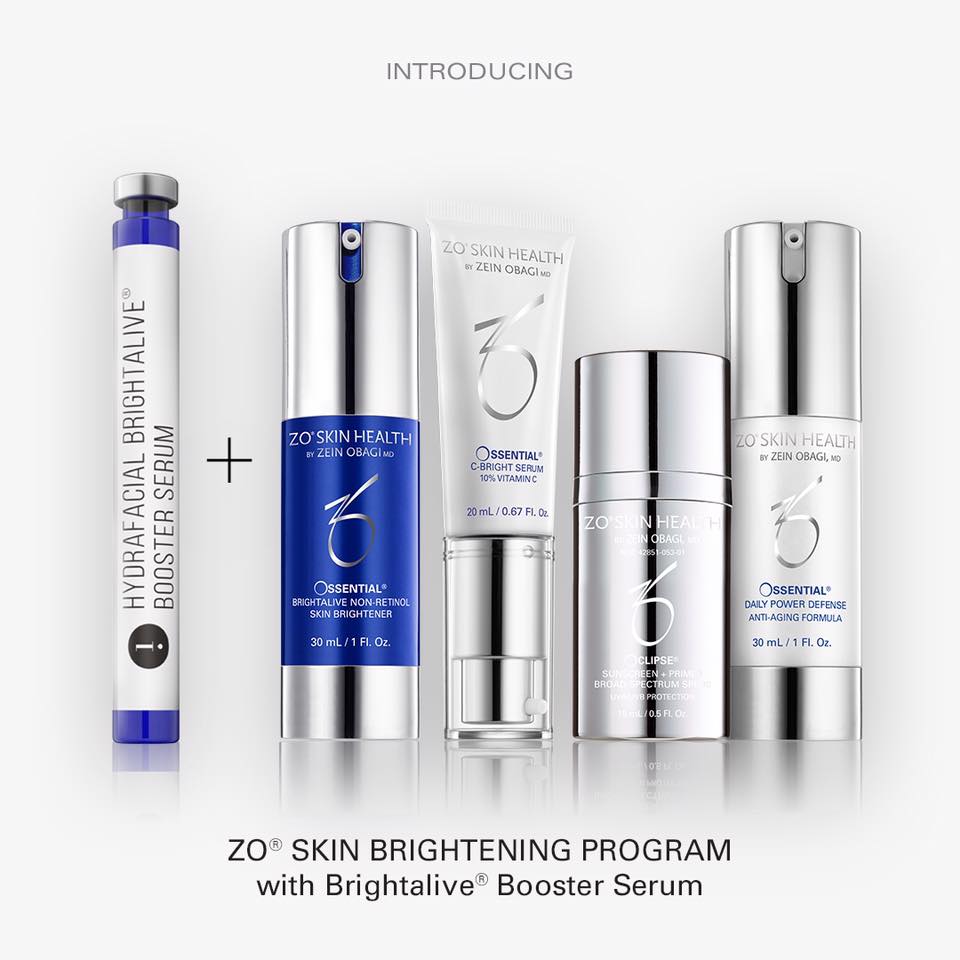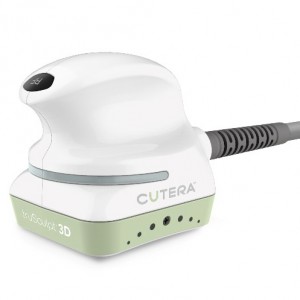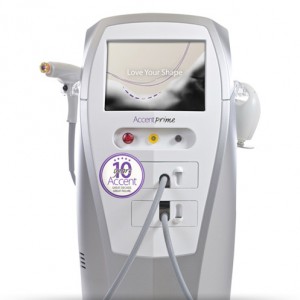The market for non-surgical procedures has exploded over the last two decades and continues to be vibrant in the United States, recording strong double-digit growth to reach $3.5 billion in 2017, according to our upcoming Professional Aesthetics: U.S. Market Analysis and Opportunities study. This strong growth is driven by several factors, including growing demand for body contouring treatments, technological advancements, distribution expansion, increasing brand awareness as notable celebrities including Christie Brinkley have become the face of devices, such as Ultherapy (Merz), and partnerships with skin care companies to provide complete skin health to consumers.
Sales for the market are driven by skin resurfacing and body contouring treatments. According to ASAPS, the number of skin resurfacing treatments are up by over 50% from 2016, while body contouring treatments are up by 25% in 2017. Body contouring devices, such as CoolSculpting (Allergan) and SculpSure (Cynosure), are popular in 2017 as they register double-digit growth. In addition, several marketers introduce new devices for body contouring, including Cutera’s TruSculpt 3D, Alma Lasers’ Accent Prime, and Syneron Candela’s UltraShape Power.
New professional body contouring device introductions
Energy devices consisting of lasers, radiofrequency, IPL (Intense pulsed-light), and ultrasound register the strongest growth, driven by the growing popularity of these devices for treatments like cellulite, aging, and pigmentation. Several marketers, such as Alma Lasers and Cutera, introduce or upgrade their existing devices with multi-functionality options to cater to consumers’ needs. Devices providing multiple benefits is an increasing trend, particularly within the energy and mechanical devices category. Some aesthetic devices are claimed to address as many as 22 skin care concerns.
The consolidated injectables category continues to be promising, accounting for about half of the overall professional aesthetics market. Allergan is the market leader, capturing the lion’s share with its Botox Cosmetic and Juvéderm brands. However, other brands also record strong growth contributing to the overall injectables growth. The category does not witness any significant new product launches; however, marketers continue to receive regulatory approvals for their respective injectables usage for various treatments. For example, Allergan receives approval for its Juvéderm Volbella XC for use on the lips and Juvéderm Vollure XC for the correction of facial wrinkles and folds in 2017.
Partnering with professional skin care companies is a key trend as several manufacturers collaborate to provide a complete package for overall skin health. For example, HydraFacial partners with ZO Skin Health and SkinCeuticals while Galderma partners with Colorescience in 2017. These partnerships enable companies to offer their accounts bundled packages that include aesthetic devices and pre-/post-procedure skin care products.

The market continues to consolidate with mergers and acquisitions in 2016 and 2017, most notably in the energy devices market. The most note-worthy acquisition is Allergan acquiring CoolSculpting from Zeltiq in April 2017, which enables the marketer to enter the dynamic devices category with a fast-growing body contouring product. Hologic acquires Cynosure, a leading player in the category in 2017.
Explore these growing trends with the upcoming Professional Aesthetics: U.S. Market Analysis and Opportunities report, which will be published in the second quarter of 2018. Stay tuned for our other two must-have publications – Physician-dispensed Skin Care: Perception and Satisfaction Survey and the 2018 edition of our annual Professional Skin Care Global Series report, which now includes major markets like China, Mexico, Europe, and the United States.




